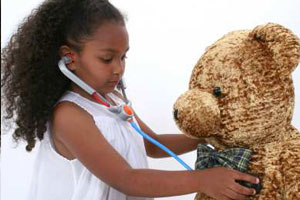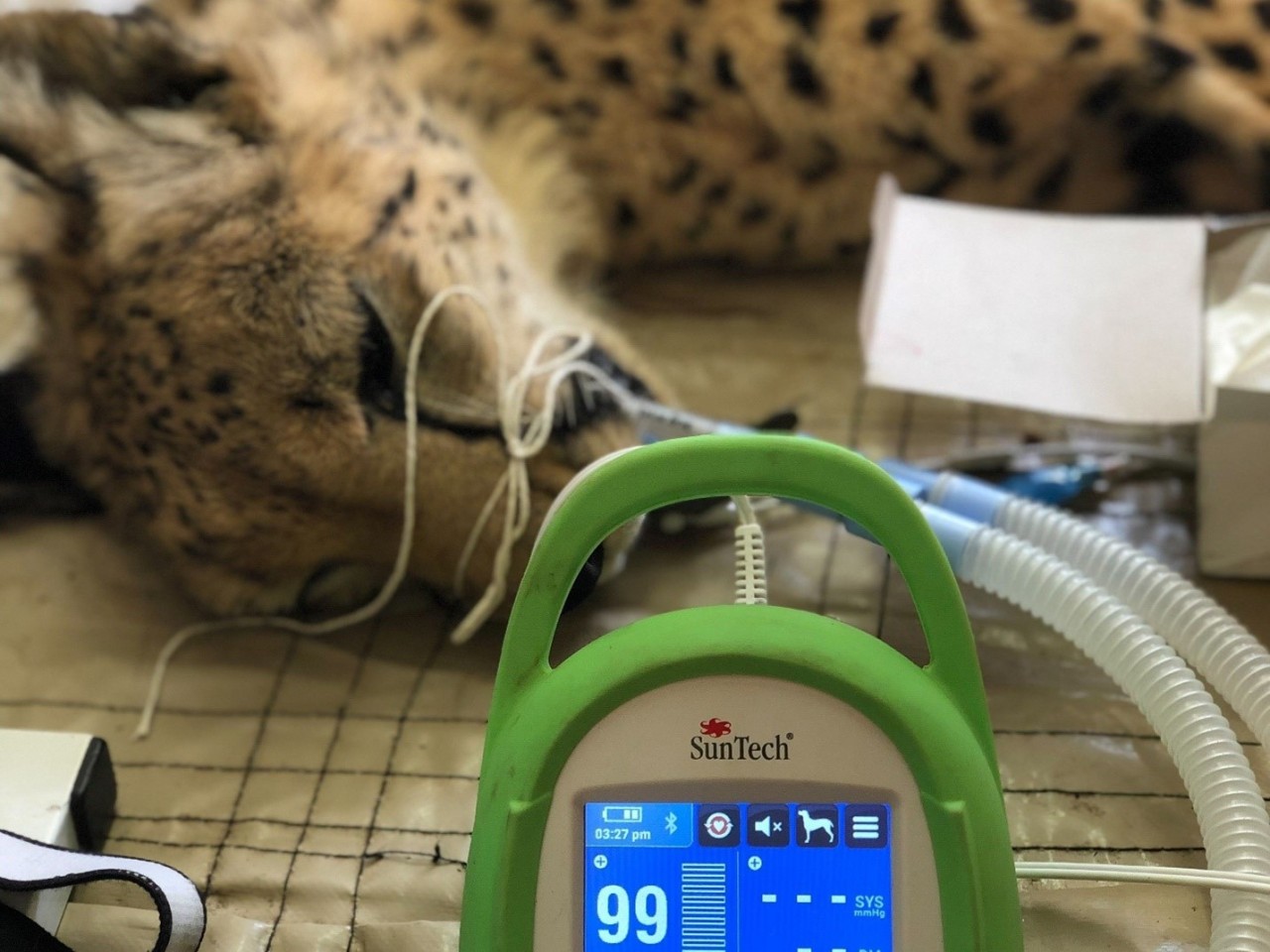![]()
Blog @ SunTech
Advice from the BP Measurement Experts
International Hypertension Report Calls for Increased Awareness of Childhood Hypertension
 We’ve already discussed how hypertension is a costly drain on worldwide health care systems and society in general, but this cost is only based on adult hypertension. A recently published report advocates improving the awareness, identification, and treatment of pediatric hypertension and clearly describes the implications of continuing to neglect this problem in the pediatric population. The prevalence of hypertension in children is about 3-5% of the population, but as obesity continues to rise in children, high blood pressure will likely increase making it even more important to raise the awareness of pediatric hypertension.
We’ve already discussed how hypertension is a costly drain on worldwide health care systems and society in general, but this cost is only based on adult hypertension. A recently published report advocates improving the awareness, identification, and treatment of pediatric hypertension and clearly describes the implications of continuing to neglect this problem in the pediatric population. The prevalence of hypertension in children is about 3-5% of the population, but as obesity continues to rise in children, high blood pressure will likely increase making it even more important to raise the awareness of pediatric hypertension.
Pediatric hypertension is generally under-diagnosed in children, as diagnosing a child with hypertension is more complex than diagnosing an adult. One study reports that ¾ of pediatric patients reported to have hypertensive BP readings in the office in the EMR system were not diagnosed as hypertensive. Although hypertension guidelines are straightforward for adults, hypertension often goes undiagnosed even in adults because it is generally asymptomatic, giving it the name “the silent killer.” Many of us are familiar with the “140/90” adult BP threshold, but blood pressure naturally changes in children as they age, so pediatric hypertension is defined by population percentiles based on a child’s gender, age, and height. Stage 1 hypertension is defined as a 95th percentile BP based on these parameters, and more information on BP thresholds for children can be found on the International Pediatric Hypertension Association’s website.
We previously presented a proposed easier method for identifying hypertension in children to improve under-diagnosis. Early diagnosis is important as research shows that hypertension in childhood frequently results in hypertension as an adult. Adopting standardized international guidelines for identifying pediatric hypertension could make diagnosis and treatment more efficient and effective. This report clearly defines specific actions required to improve awareness and treatment of pediatric hypertension including: public health educational programs to increase awareness, professional education programs to improve identification, and clinical collaboration to optimize treatment and control. If these steps are not taken, the current epidemic of cardiovascular disease will continue to remain a costly burden on society.
References
- Falkner B, Lurbe E, Schaefer F. High blood pressure in children: clinical and health policy implications. JCH. 2010; 12: 261 – 276.
- Hansen, ML, Gunn PW, Kaelber DC. Underdiagnosis of hypertension in children and adolescents. JAMA. 2007; 298: 874-879.
- Chen X, Wang Y. Tracking of Blood Pressure from Childhood to Adulthood.Circ. 2008; 117: 3171 – 3180.
- BP threshold limits for children: http://www.pediatrichypertension.org/BPLimitsChart.pdf
Interested in getting more SunTech news, product info, as well as
tips, tricks, and insights from BP experts?
Sign up to get fresh content delivered direct to your inbox.



